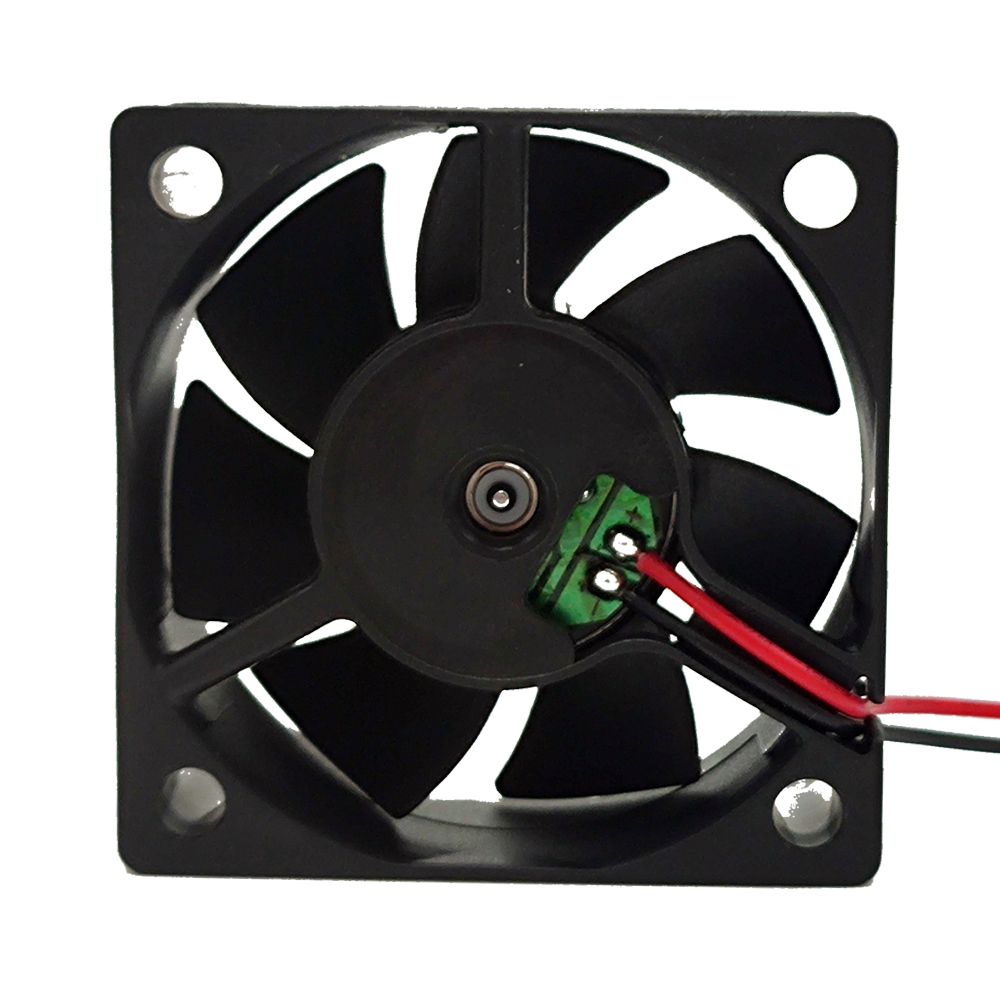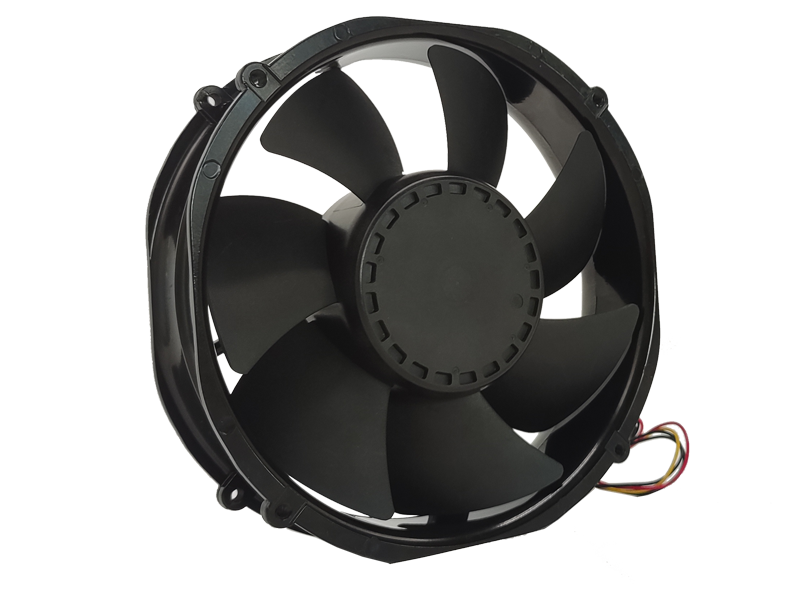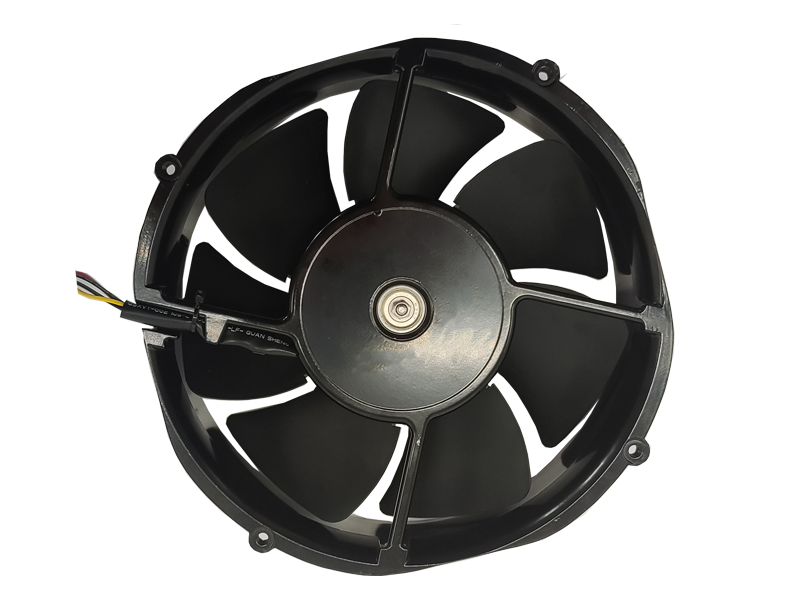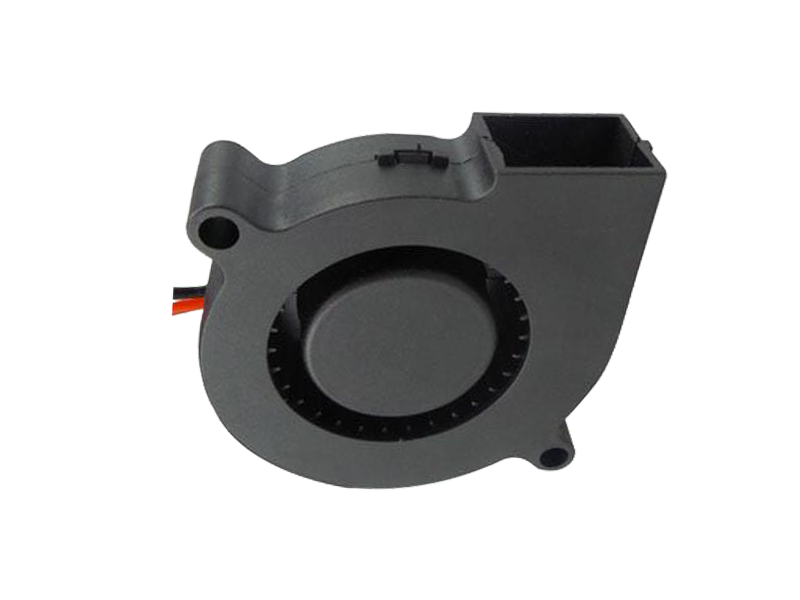Industrial fans are not just functional components—they are integral to the safety, comfort, and operational efficiency of countless industrial environments. In heavy-duty sectors, such as manufacturing, energy production, and chemical processing, industrial fans need to handle extreme conditions while maintaining high performance. Product designers face significant challenges when creating fans that are durable, efficient, and tailored to specific industrial needs.
This article will explore how industrial fan manufacturers balance durability, performance, and customization in the design process. It will focus on the factors that influence the choice of materials, the importance of performance standards, and the growing demand for customized fan solutions in various industrial applications.
1. Durability: Meeting the Demands of Harsh Environments
One of the key challenges in designing industrial fans is ensuring that they can withstand the harsh conditions found in many industrial environments. Fans are often exposed to extreme temperatures, corrosive chemicals, dust, and other pollutants. As such, durability is a key factor in design, and manufacturers must carefully select materials and components to ensure a long lifespan.
Corrosion-Resistant Materials: In industries such as chemical processing or wastewater treatment, industrial fans are exposed to corrosive substances. Stainless steel, aluminum, and composite materials are commonly used for fan housing, blades, and motors to resist corrosion and extend the life of the fan.
High-Temperature Resistance: In high-temperature environments, such as metal processing plants or power generation facilities, industrial fans need to operate effectively at elevated temperatures. Special high-temperature alloys or heat-resistant coatings are used to ensure fan components do not degrade or fail under intense heat.
Dust and Debris Resistance: Fans operating in environments with high levels of dust, such as construction sites or mining operations, need to be designed to handle these particles without clogging or damaging internal components. Seals, filters, and rugged housings are often employed to protect the fan’s motor and blades.
2. Performance: Balancing Airflow, Pressure, and Energy Efficiency
While durability is critical, the primary purpose of industrial fans is performance. The fan must provide adequate airflow, maintain consistent pressure, and do so with energy efficiency. The performance requirements vary significantly across different applications, so designers must ensure that the fan is engineered to meet the specific needs of each industrial setting.
Airflow and Pressure: Depending on the application, industrial fans must be capable of delivering varying amounts of airflow and pressure. For example, exhaust fans may require higher pressure to move air through long ducts, while ventilation fans typically focus on moving large volumes of air with lower pressure.
Energy Efficiency: As energy costs continue to rise and environmental regulations tighten, energy efficiency is a growing concern. The use of variable-speed drives (VSDs), energy-efficient motors, and aerodynamic fan blades all contribute to minimizing energy consumption while maintaining optimal performance.
Quiet Operation: In certain industries, such as office buildings or hospitals, noise reduction is crucial. Engineers can design fans with low-noise motors, vibration isolation mounts, and sound-absorbing materials to ensure quieter operation.
3. Customization: Tailoring Industrial Fans to Specific Needs

Industries are diverse, and the needs of a manufacturing plant are vastly different from those of a data center or a commercial building. As such, industrial fan manufacturers are increasingly offering customized solutions that are designed to meet the specific requirements of each client. Customization can include everything from the physical size and shape of the fan to the materials used and the control systems integrated.
Size and Shape: Fans come in a range of sizes and shapes, and choosing the right one for a given application is essential for ensuring maximum performance. Customized fans are designed to fit into spaces that standard models may not, ensuring that they can still provide adequate airflow and pressure.
Material Choices: Depending on the environment, customized fans may be made with specific materials. For example, fans used in food processing facilities must meet stringent health and safety standards, so materials that are easy to clean and resistant to bacteria growth are essential.
Control Systems: The integration of smart controls allows for further customization. Fans can be equipped with sensors, variable-speed drives, and remote monitoring capabilities to provide real-time performance data and allow for on-demand adjustments based on changes in the environment.
4. Conclusion
The design of industrial fans requires a careful balance of durability, performance, and customization. Fans must not only withstand challenging environments but also deliver optimal performance while meeting energy efficiency and noise reduction standards. Custom solutions enable manufacturers to meet the unique needs of specific industries, ensuring the fan operates effectively within the constraints of the application. As industries continue to evolve, the demand for highly durable, performance-driven, and customized industrial fans will only increase, pushing manufacturers to innovate and adapt to new requirements.
Recommended Products

The main purpose:Car charging station

The main purpose:Car charging station

The main purpose:Electronic refrigerators, water dispensers, direct drinking machines, inverter power supplies
Address:No. 4137, Longgang Avenue (Henggang Section), Henggang Community, Henggang Street, Longgang District, Shenzhen
hotline:13530005572(Chen)15112579390(Li)


Welcome all friends to come for consultation and negotiation.
Copyright 2024 @ Shenzhen Youneng Xinyuan Electronics Co., Ltd.,(industrial fans,industrial blowers,axial fans,cooling fans manufacturer,centrifugal fans,ac cooling fans,dc cooling fans)